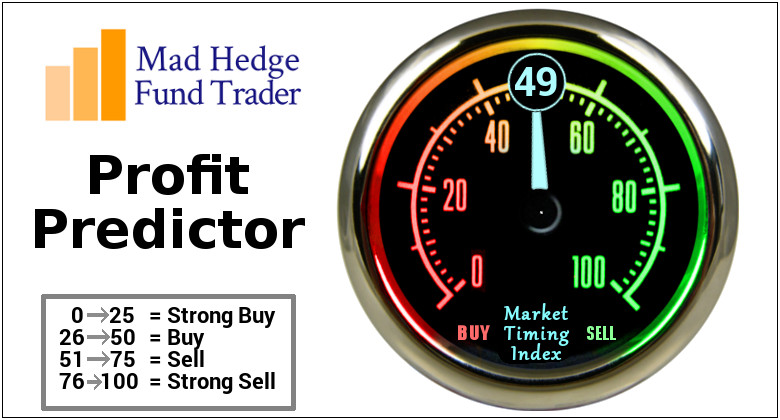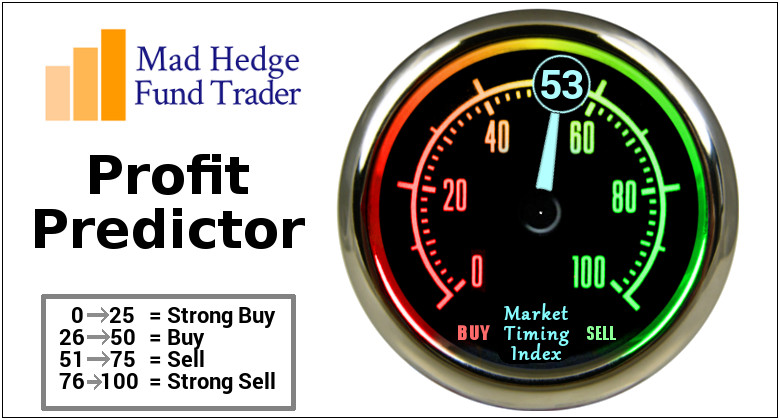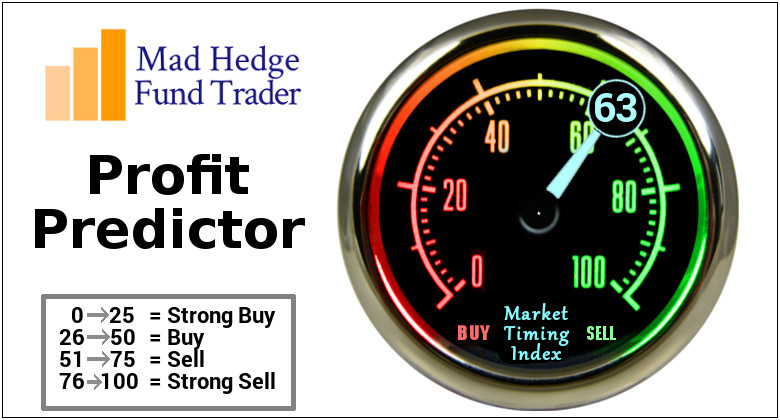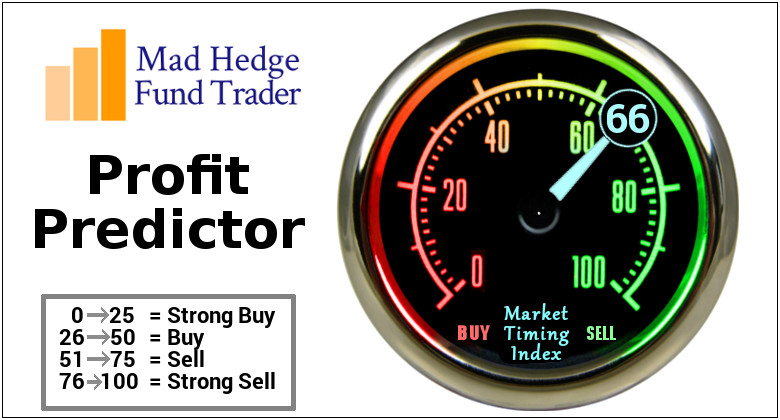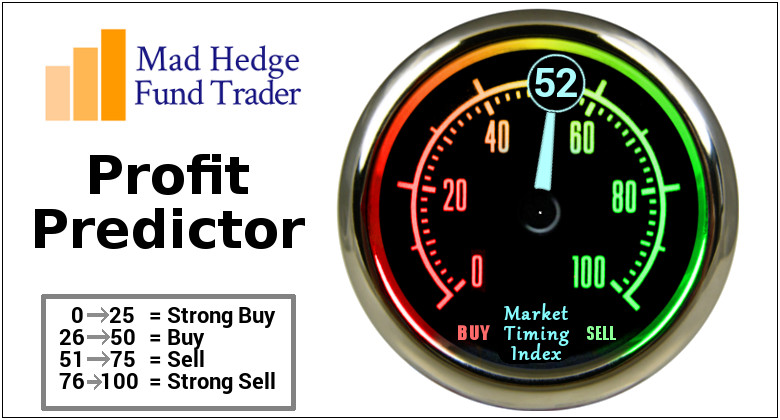
Global Market Comments
January 21, 2026
Fiat Lux
Featured Trade:
(FRIDAY, JANUARY 30 2026 BUENOS AIRES ARGENTINA STRATEGY LUNCHEON),
(THE ULTRA BULL CASE FOR GOLD)
(GLD), (UGL), (GOLD), (NEM)
“Banks have turned into gigantic gambling institutions. You never know what you own. I wouldn't touch them if you pointed a gun to my head,” said legendary hedge fund manager Bill Fleckenstein on Hedge Fund Radio.
Global Market Comments
January 20, 2026
Fiat Lux
Featured Trade:
(MARKET OUTLOOK FOR THE WEEK AHEAD, or A BLACK SWAN A DAY),
(GS), (MS), (GLD), (SLV), (IWM), (XLI), (CRWD), (AAPL)
“The economy without debt is like major league baseball without steroids,” said Jack Ablin, chief investment officer of BMO Private Bank.
Global Market Comments
January 16, 2026
Fiat Lux
Featured Trade:
(JANUARY 14 BIWEEKLY STRATEGY WEBINAR Q&A),
(CSCO), (GLD), (MSTR), (JPM), (FXA),
(BTC), (SOFI), (HOOD), (UUP)
Global Market Comments
January 15, 2026
Fiat Lux
Featured Trade:
(NEW VIDEO UPDATE ON HOW TO EXECUTE A VERTICAL BULL CALL DEBIT SPREAD),
(AAPL), (GS)
“Semiconductors are the new industrials,” said Josh Brown of Ritholtz Wealth Management.
Global Market Comments
January 14, 2026
Fiat Lux
SPECIAL ISSUE ABOUT THE FAR FUTURE
Featured Trade:
(PEAKING INTO THE FUTURE WITH RAY KURZWEIL),
(GOOG), (INTC), (AAPL), (TXN)

